Ancient Herbs and Spices for Pain relief
Neem & Clove Oil for Tooth Ache
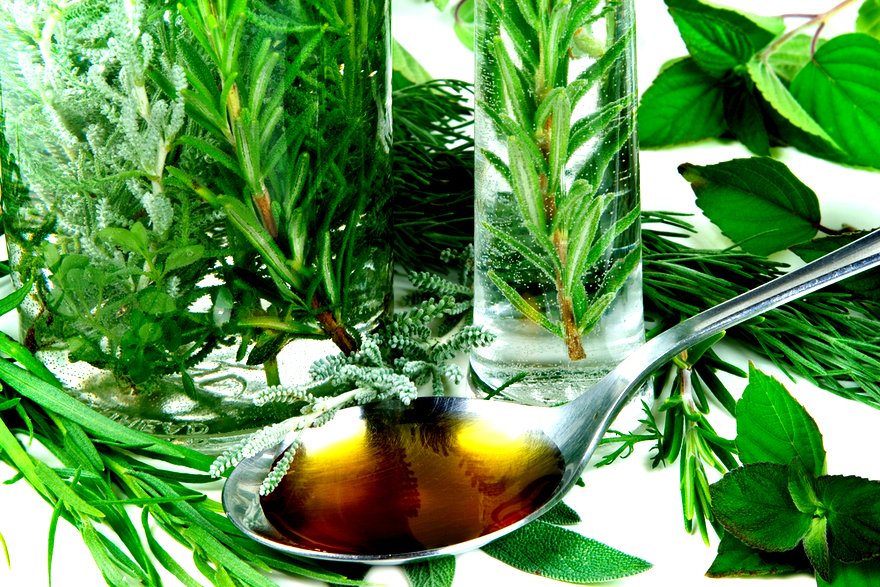
It benefits in dental and oral care by inhibiting bacteria that cause tooth decay. Neem can also fight infectious mutans and dental cavities. Clove and clove oil is known to have both analgesic and antibacterial properties, and like neem, it can be help in curbing a toothache caused by bacteria. Neem leaves can be chewed while clove oil should be applied. You can also gargle with neem oil for better results.
Fennel for Stomach Cramps
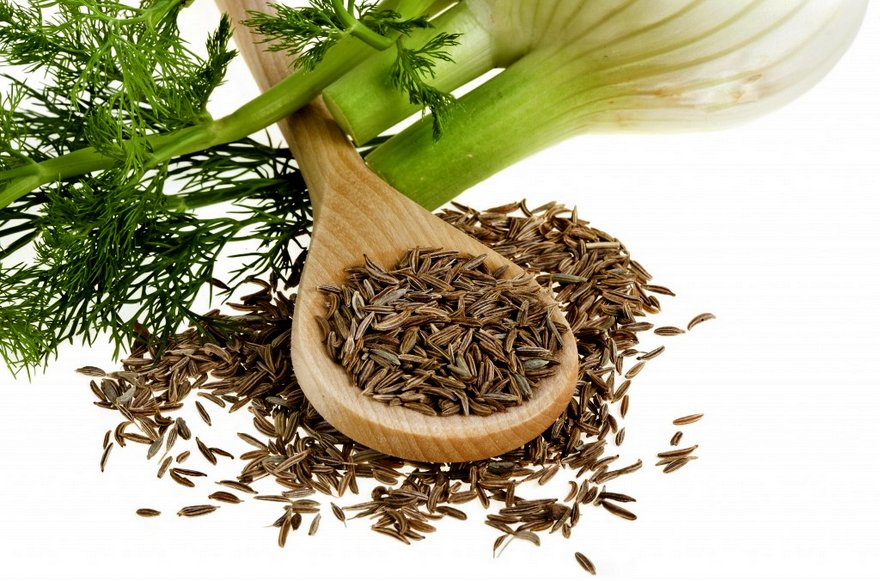
Fennel (saunf) exhibits antibacterial and antiviral activities. It acts as a carminative – a herb or preparation which is known to prevent the formation of gas.
Neem & Clove Oil for Tooth Ache

It benefits in dental and oral care by inhibiting bacteria that cause tooth decay. Neem can also fight infectious mutans and dental cavities. Clove and clove oil is known to have both analgesic and antibacterial properties, and like neem, it can be help in curbing a toothache caused by bacteria. Neem leaves can be chewed while clove oil should be applied. You can also gargle with neem oil for better results.
Fennel for Stomach Cramps

Fennel (saunf) exhibits antibacterial and antiviral activities. It acts as a carminative – a herb or preparation which is known to prevent the formation of gas.
It is also has stomachic reducing properties which means that it helps in toning the stomach and improves digestive functions.
Applying fennel oil has been reported to relieve menstrual cramps. It is an excellent source of potassium, calcium, magnesium, iron, phosphorous and zinc. It is also hepato-protective, has the ability to prevent damage to the liver. It can be powdered and mixed with soda bicarbonate, water and a pinch of black salt. This creates a synergistic effect.
Coriander for Joint & Muscle Pain

Coriander (dhaniya) has been known as an analgesic, carminative, digestive, depurative (detoxifying), anti-rheumatic (joint pains) and antispasmodic (muscle spasms) agent. It can be used externally to treat ulcers and rheumatism (joint related ailments).
Ginger for Inflammation and Headache
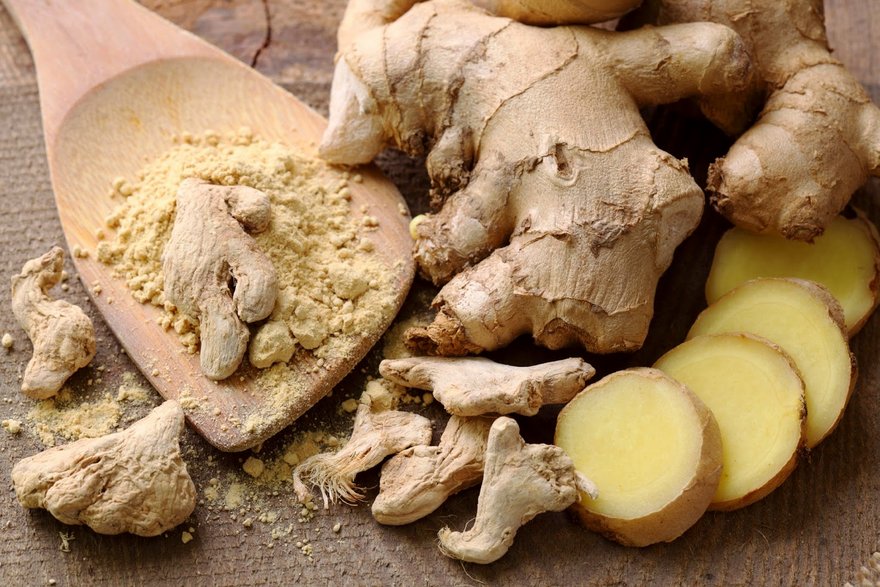
Ginger is a popular anti-nausea and carminative ingredient. It has been used by people to cure motion sickness. It fights bacterial, fungal and viral infections. Ginger oil acts an anti-inflammatory for arthritis and headaches. In simple terms, inflammation refers to swelling. It can be rubbed on the effected area. Its diaphoretic effect is known to keep your body warm.
Hing (Asafoetida) for Indigestion
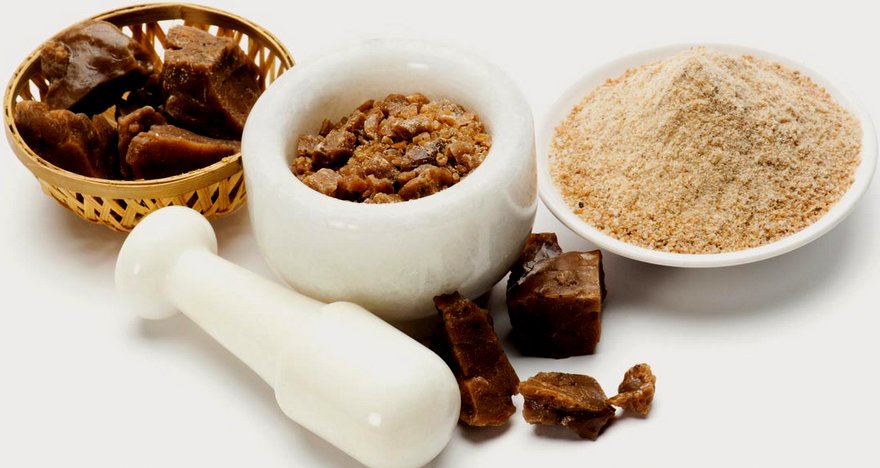
It reduces the growth of indigenous micro flora in the gut and also helps in relieving flatulence. It is an antispasmodic which means that it relieves the spasm by counteracting the effects of a hormone produced by the nerves called neurohormone acetylcholine. By doing so, the secretion of stomach acids and digestive enzymes is reduced and regulated. Take a pinch of hing, mix it in a spoonful of lukewarm water and rub it on your stomach.
Green Cardamom
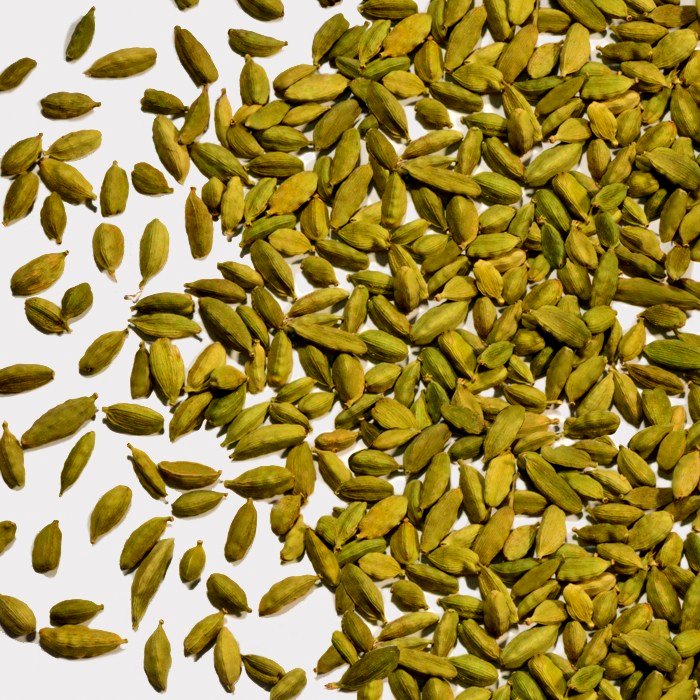
Cardamom is known to enhance the effectiveness of carminative (that combat flatulence) drugs. It is officially recognized in British and US pharmacopoeias and is used as an aromatic stimulant, carminative and flavoring agent.
Coriander for Joint & Muscle Pain

Coriander (dhaniya) has been known as an analgesic, carminative, digestive, depurative (detoxifying), anti-rheumatic (joint pains) and antispasmodic (muscle spasms) agent. It can be used externally to treat ulcers and rheumatism (joint related ailments).
Ginger for Inflammation and Headache

Ginger is a popular anti-nausea and carminative ingredient. It has been used by people to cure motion sickness. It fights bacterial, fungal and viral infections. Ginger oil acts an anti-inflammatory for arthritis and headaches. In simple terms, inflammation refers to swelling. It can be rubbed on the effected area. Its diaphoretic effect is known to keep your body warm.
Hing (Asafoetida) for Indigestion

It reduces the growth of indigenous micro flora in the gut and also helps in relieving flatulence. It is an antispasmodic which means that it relieves the spasm by counteracting the effects of a hormone produced by the nerves called neurohormone acetylcholine. By doing so, the secretion of stomach acids and digestive enzymes is reduced and regulated. Take a pinch of hing, mix it in a spoonful of lukewarm water and rub it on your stomach.
Green Cardamom

Cardamom is known to enhance the effectiveness of carminative (that combat flatulence) drugs. It is officially recognized in British and US pharmacopoeias and is used as an aromatic stimulant, carminative and flavoring agent.
Chewing cardamom helps in regulating digestive fucntions.
No comments:
Post a Comment